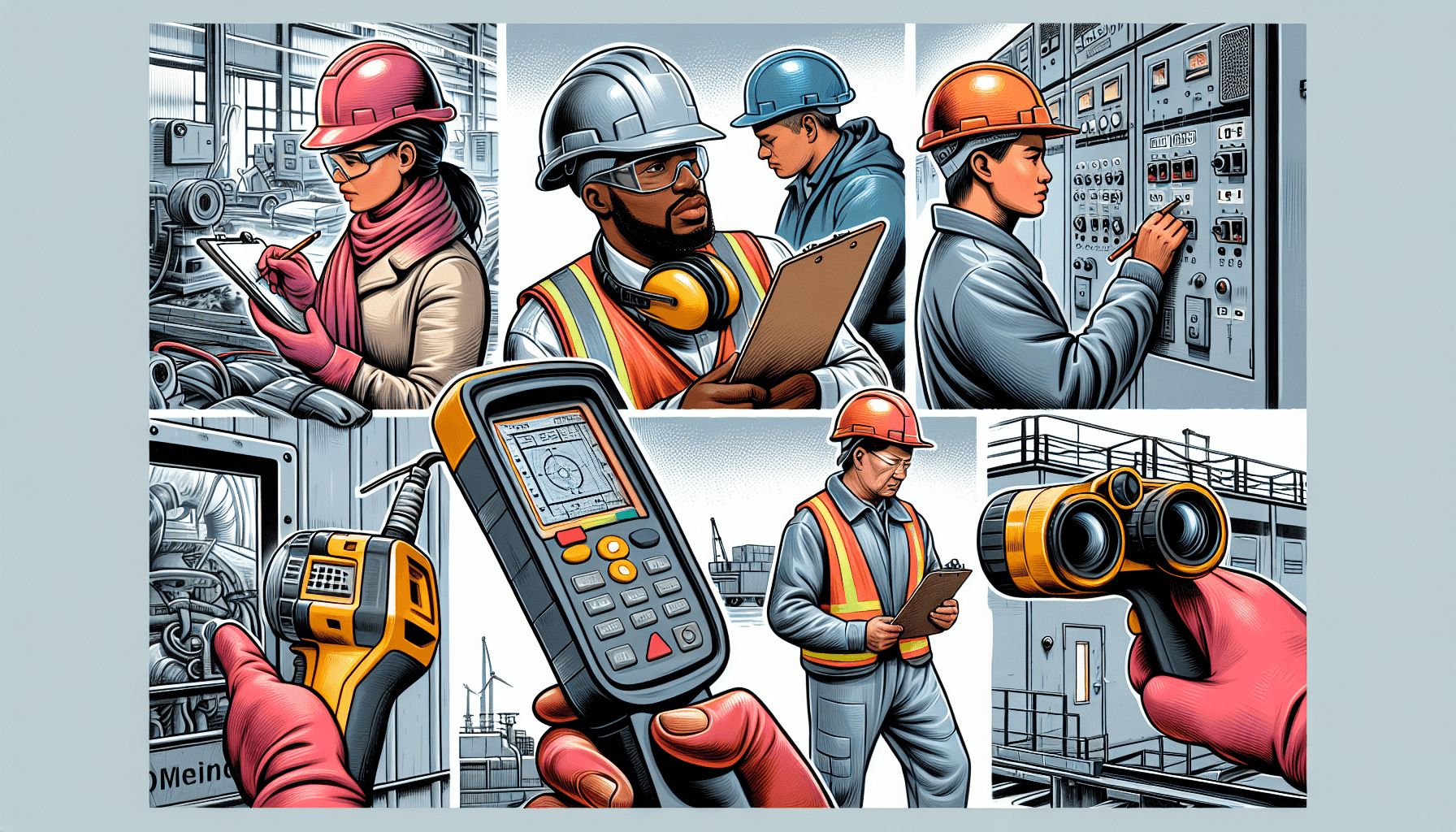When it comes to maintenance operations in warehouses, safety should always be a top priority. Conducting a thorough safety site assessment is essential to identify and mitigate potential hazards that can endanger workers and impact the overall productivity of the warehouse. In this article, we will guide you through the steps of conducting a safety site assessment for maintenance operations.
Evaluate and Assess the Warehouse Layout
The first step in conducting a safety site assessment is to evaluate and assess the warehouse layout. This includes analyzing the organization and flow of materials within the warehouse, identifying potential bottlenecks or congestion points, and ensuring that the layout is optimized for efficiency and safety.
Inspect the placement of equipment, machinery, and storage racks to ensure they are properly spaced and do not create any obstructions or hazards. Additionally, assess the positioning of fire exits, emergency exits, and safety equipment such as fire extinguishers and first aid stations to ensure they are easily accessible and clearly marked.
As part of the assessment, it is also important to evaluate the overall lighting conditions in the warehouse. Proper lighting is crucial for maintaining a safe work environment. Check for any areas with insufficient lighting and take immediate measures to improve visibility.
Review Safety Policies and Procedures
Next, review the existing safety policies and procedures in place within the warehouse. Ensure that these policies are up to date, easily accessible to all employees, and clearly communicated. Regularly training employees on these safety protocols is crucial to ensure their effectiveness.
During the safety site assessment, evaluate the implementation of these policies and procedures. Are employees following them consistently? Look for any areas where there may be gaps or violations. It is also important to review the effectiveness of current safety training programs and identify any additional training needs.
Consider conducting a safety audit to assess the adherence to safety protocols. This can involve observing employees in action, inspecting personal protective equipment usage, and reviewing incident reports to identify patterns and areas for improvement.
Identify and Address Potential Hazards
One of the key objectives of a safety site assessment is to identify potential hazards within the maintenance operations. Conduct a thorough inspection of the warehouse to identify any risks that could endanger workers’ safety or cause damage to equipment or property.
Some potential hazards to look out for include:
- Slip, trip, and fall hazards such as uneven flooring, loose cables, or wet surfaces
- Unsafe storage practices such as overloading shelves or improper stacking
- Inadequate ventilation or exposure to harmful substances
- Electrical hazards such as faulty wiring or overloaded circuits
- Improper use or maintenance of equipment and machinery
- Inefficient or outdated safety equipment
Once potential hazards are identified, it is crucial to address them promptly. Take corrective actions to eliminate or minimize the risks. This can involve implementing safety protocols or providing additional training to employees to ensure they are aware of and adhere to safe practices. Additionally, consider investing in safety equipment and tools that will enhance the safety of maintenance operations.
Continuous Monitoring and Improvement
Conducting a safety site assessment for maintenance operations is not a one-time task. It should be an ongoing process to ensure the continued safety and optimization of warehouse operations. Regularly review and update safety policies and procedures as needed. Stay informed about industry best practices and make adjustments accordingly.
Implement a system for reporting and investigating safety incidents or near misses. This will help identify underlying causes and prevent similar incidents from occurring in the future. Encourage open communication between management and employees regarding safety concerns and suggestions for improvement.
Consider partnering with a warehouse optimization solutions provider like HCO Innovations to ensure the highest level of safety and productivity within your warehouse. HCO Innovations offers comprehensive warehouse safety evaluation services to identify potential hazards and provide tailored solutions to enhance safety, productivity, and efficiency within warehouse operations. Their expertise and experience can greatly benefit your maintenance operations.
In conclusion, conducting a safety site assessment for maintenance operations is crucial to maintain a safe and productive working environment. By evaluating the warehouse layout, reviewing safety policies, identifying and addressing potential hazards, and continuously monitoring and improving, you can ensure the safety and well-being of your workers while optimizing warehouse operations.
Contact HCO Innovations to learn more about how they can help you enhance safety and efficiency in your warehouse.

